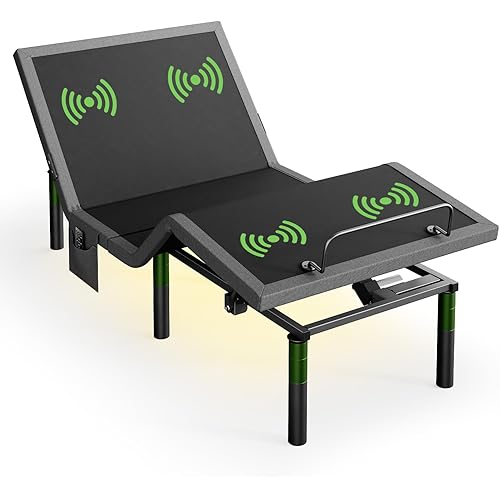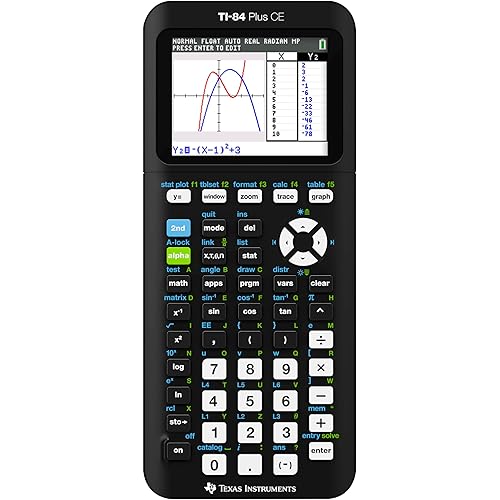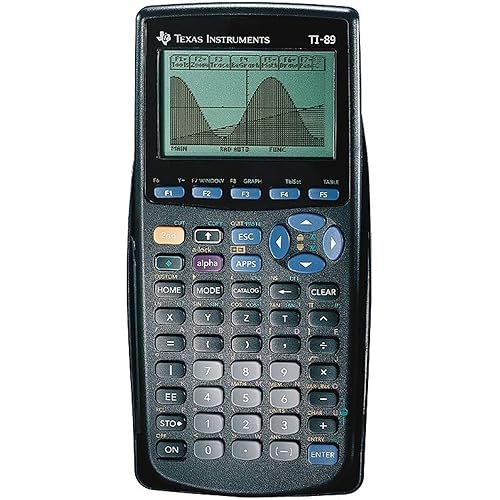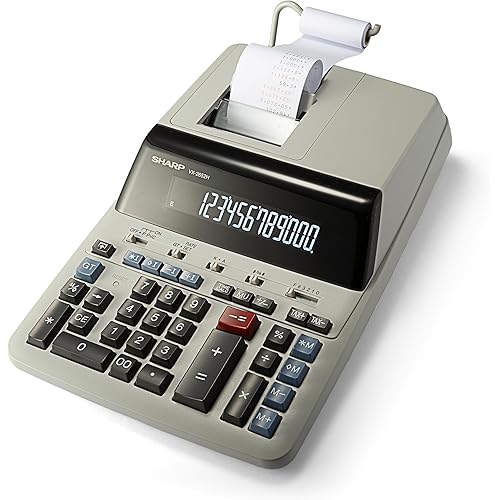



Buy Now, Pay Later
- – 6-month term
- – No impact on credit
- – Instant approval decision
- – Secure and straightforward checkout
Ready to go? Add this product to your cart and select a plan during checkout.
Payment plans are offered through our trusted finance partners Klarna, Affirm, Afterpay, Apple Pay, and PayTomorrow. No-credit-needed leasing options through Acima may also be available at checkout.
Learn more about financing & leasing here.
30-day refund/replacement
To qualify for a full refund, items must be returned in their original, unused condition. If an item is returned in a used, damaged, or materially different state, you may be granted a partial refund.
To initiate a return, please visit our Returns Center.
View our full returns policy here.
Recently Viewed
Features
- Sold as 1 Each.
- Dedicated symbolic, graphical and numeric view buttons.
- Built-in Computer Algebra System (CAS).
- Ultra-slim .6" (14mm) form factor.
- Lithium-ion rechargeable battery.
Description
HP G8X92AA LA Prime v2 Graphing Calculator
Brand: HP
Color: Black/Grey
Calculator Type: Graphing
Power Source: Battery Powered
Screen Size: 85 Millimeters
Standing screen display size: 85 Millimeters
RAM: 8 GB
Brand: HP
Series: HP Prime Graphing Calculator
Item model number: G8X92AA#B1K
Item Weight: 1.1 pounds
Product Dimensions: 3.38 x 7.3 x 0.55 inches
Item Dimensions LxWxH: 3.38 x 7.3 x 0.55 inches
Color: Black/Grey
Number of Processors: 1
Computer Memory Type: DDR3 SDRAM
Power Source: Battery Powered
Batteries: 4 AAA batteries required.
Manufacturer: hp
Is Discontinued By Manufacturer: No
Date First Available: October 26, 2014
Frequently asked questions
To initiate a return, please visit our Returns Center.
View our full returns policy here.
- Klarna Financing
- Affirm Pay in 4
- Affirm Financing
- Afterpay Financing
- PayTomorrow Financing
- Financing through Apple Pay
Learn more about financing & leasing here.
























